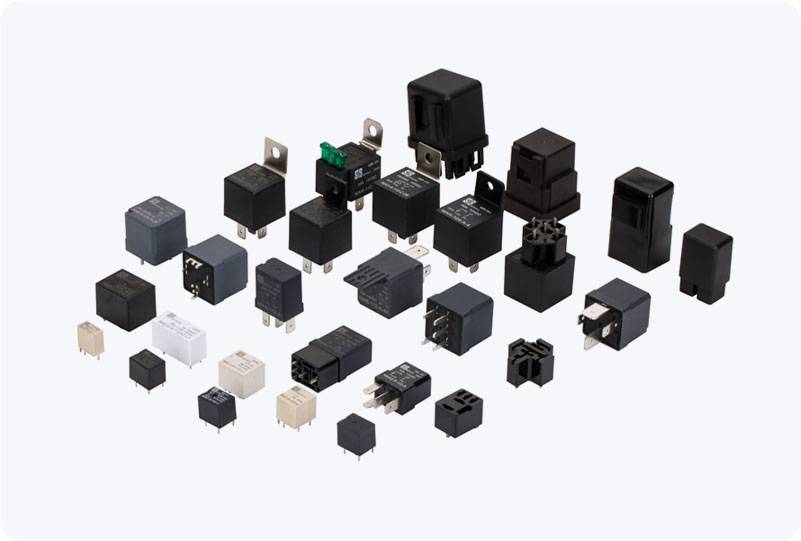In today’s fast-evolving industrial world, automation plays a key role in improving productivity and efficiency. Automation systems rely on several components to ensure seamless control and operation, with the automation relay being one of the most fundamental and widely used devices. This article will explore what an automation relay is, its types, working principle, and its essential role in industrial automation.

What is an Automation Relay? An automation relay is an electrically operated switch used in industrial control systems. It acts as an intermediary between a control circuit and a load, allowing automation systems to turn equipment on or off without direct human intervention. These relays are designed to receive an electrical signal, typically from a microcontroller or other sensing devices, and use that signal to control larger systems such as motors, lights, or other machinery. Automation relays have evolved over time to be more efficient and reliable, with many modern applications relying on solid-state relays instead of traditional mechanical relays. These devices are pivotal in ensuring that automation systems run smoothly and without interruption, making them indispensable in various industrial sectors.